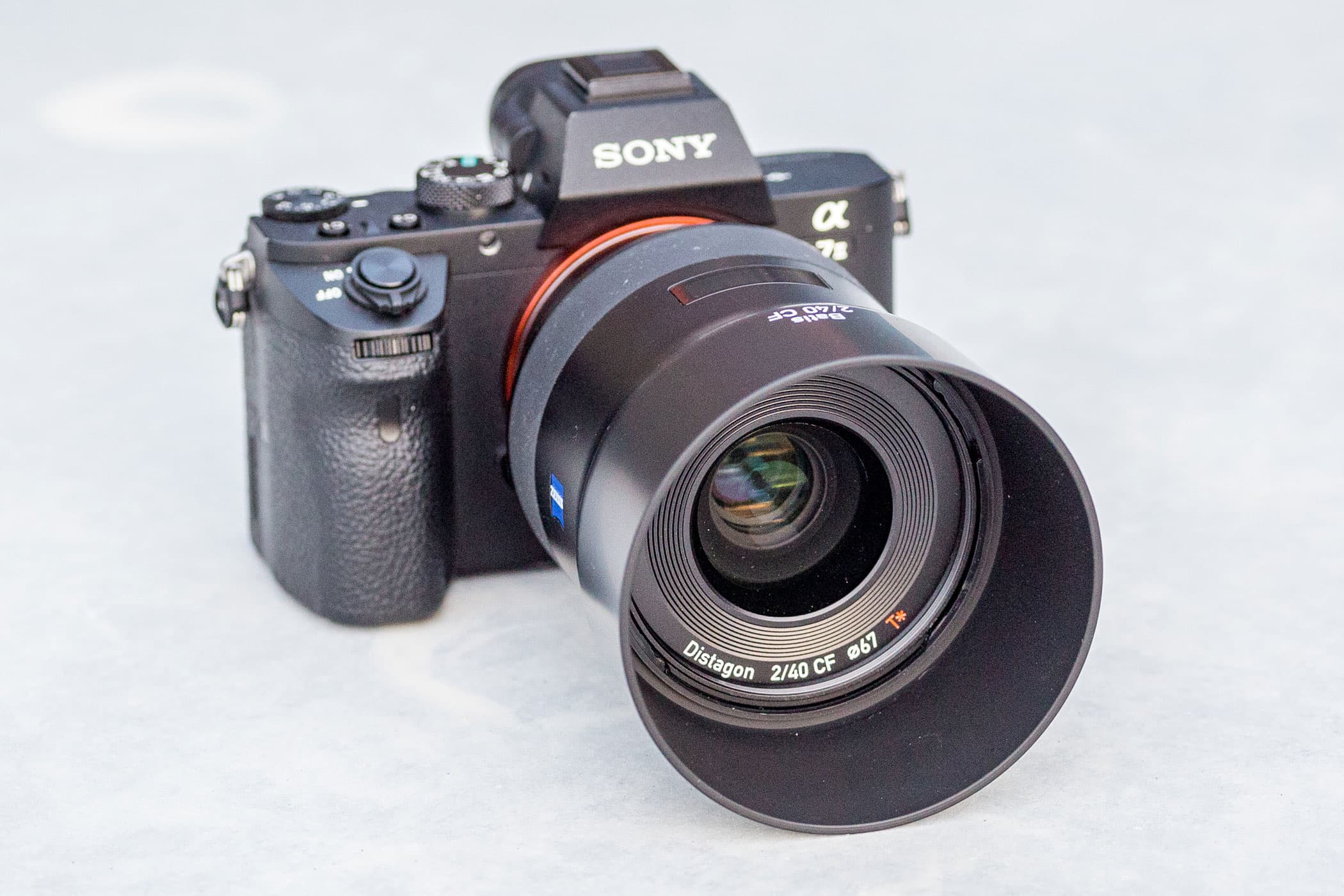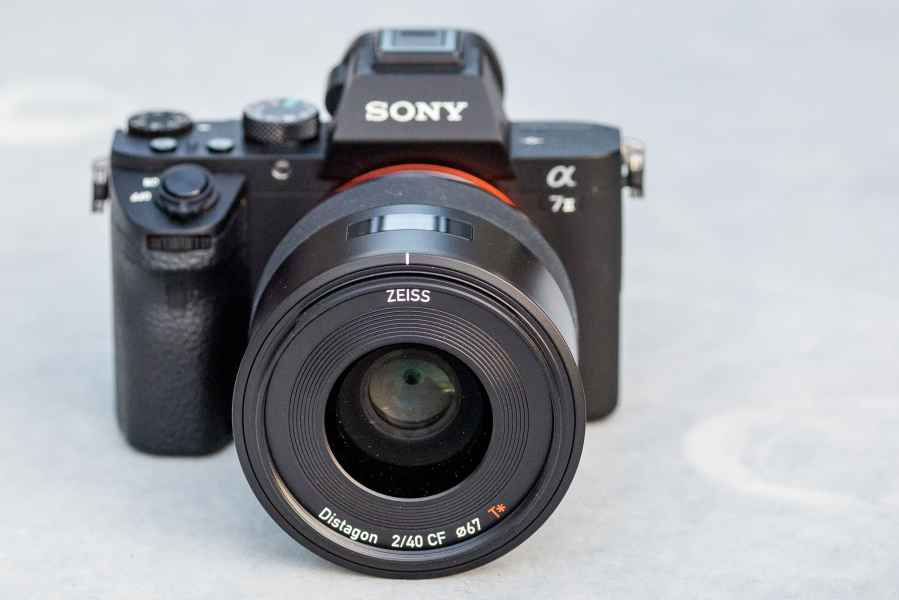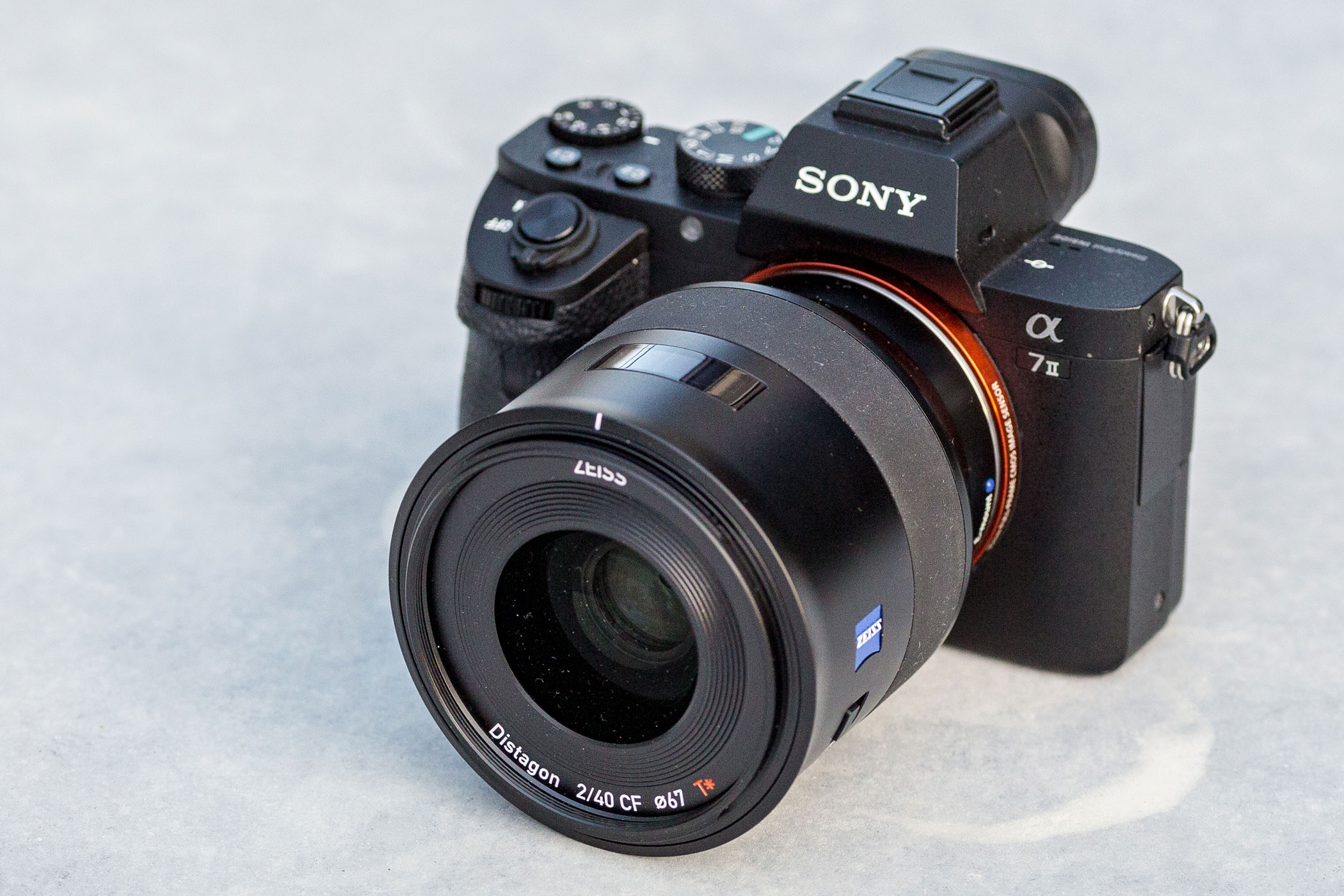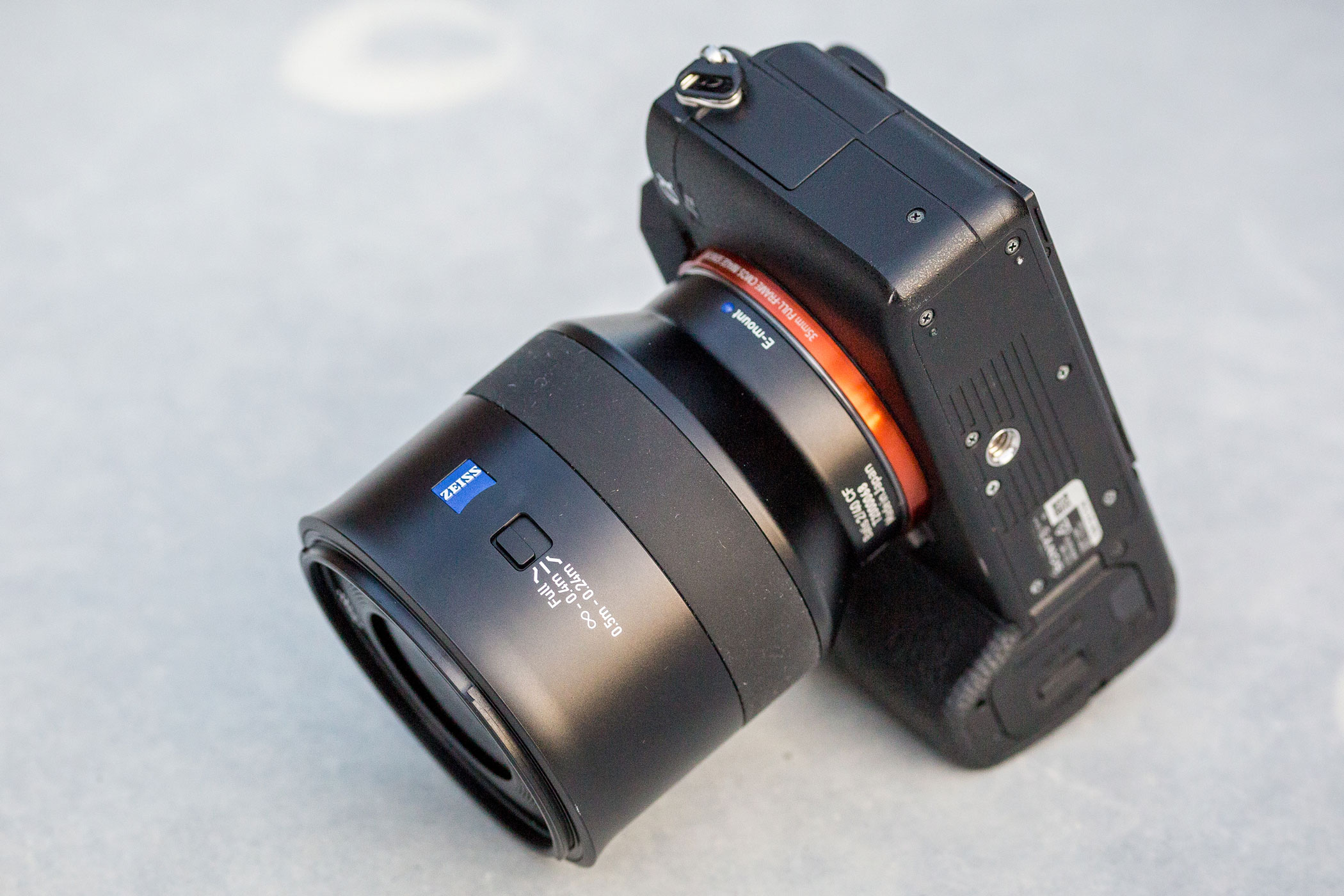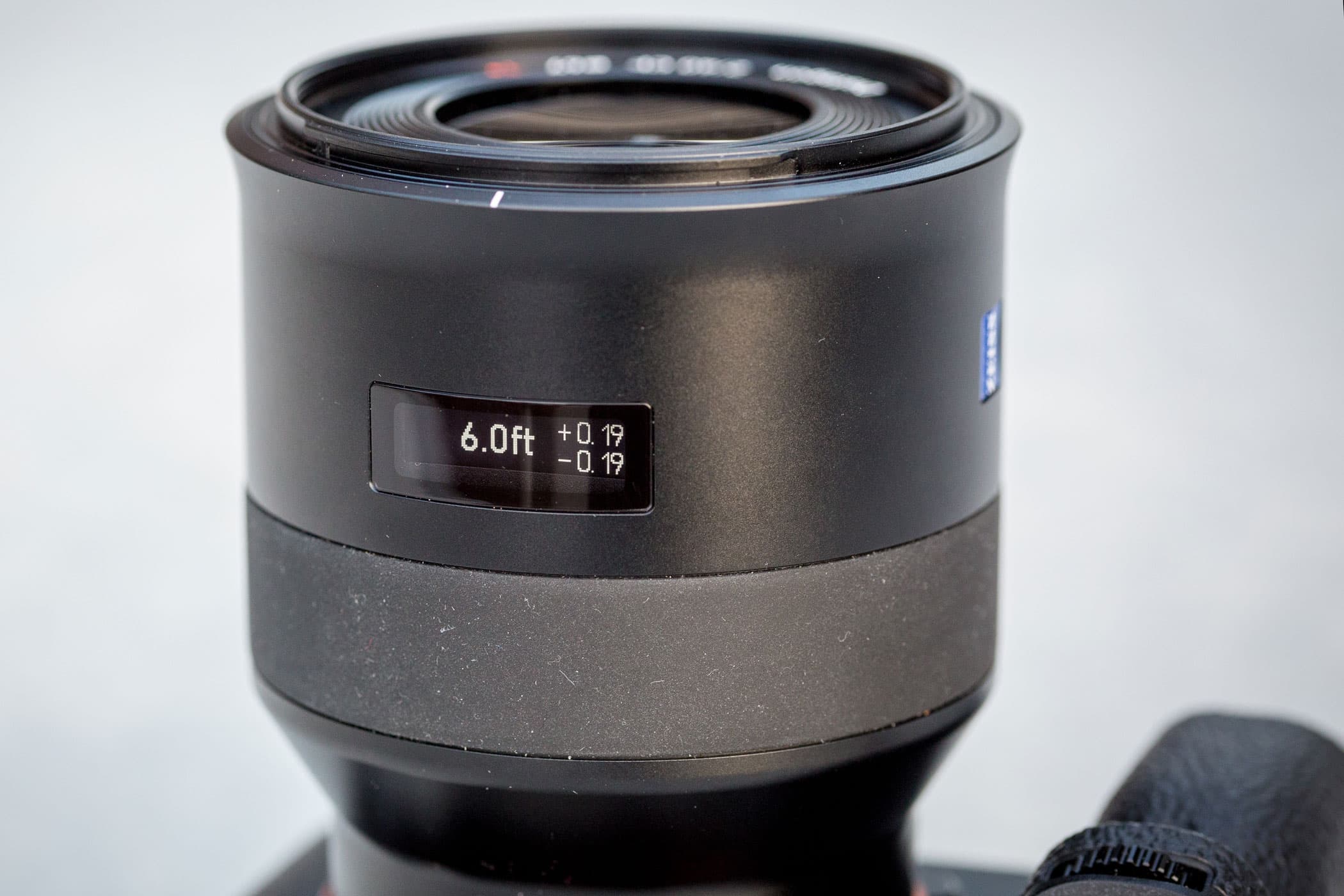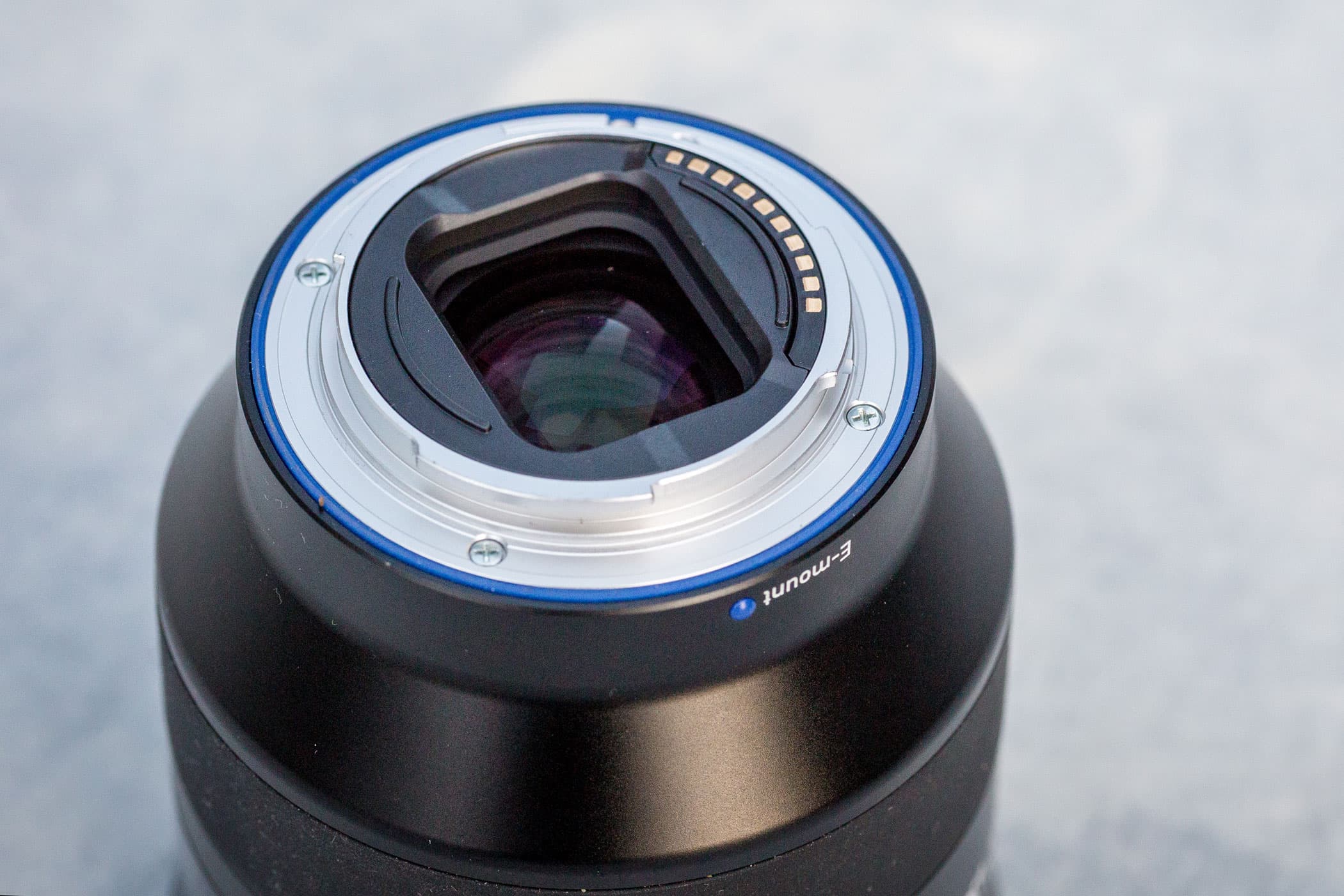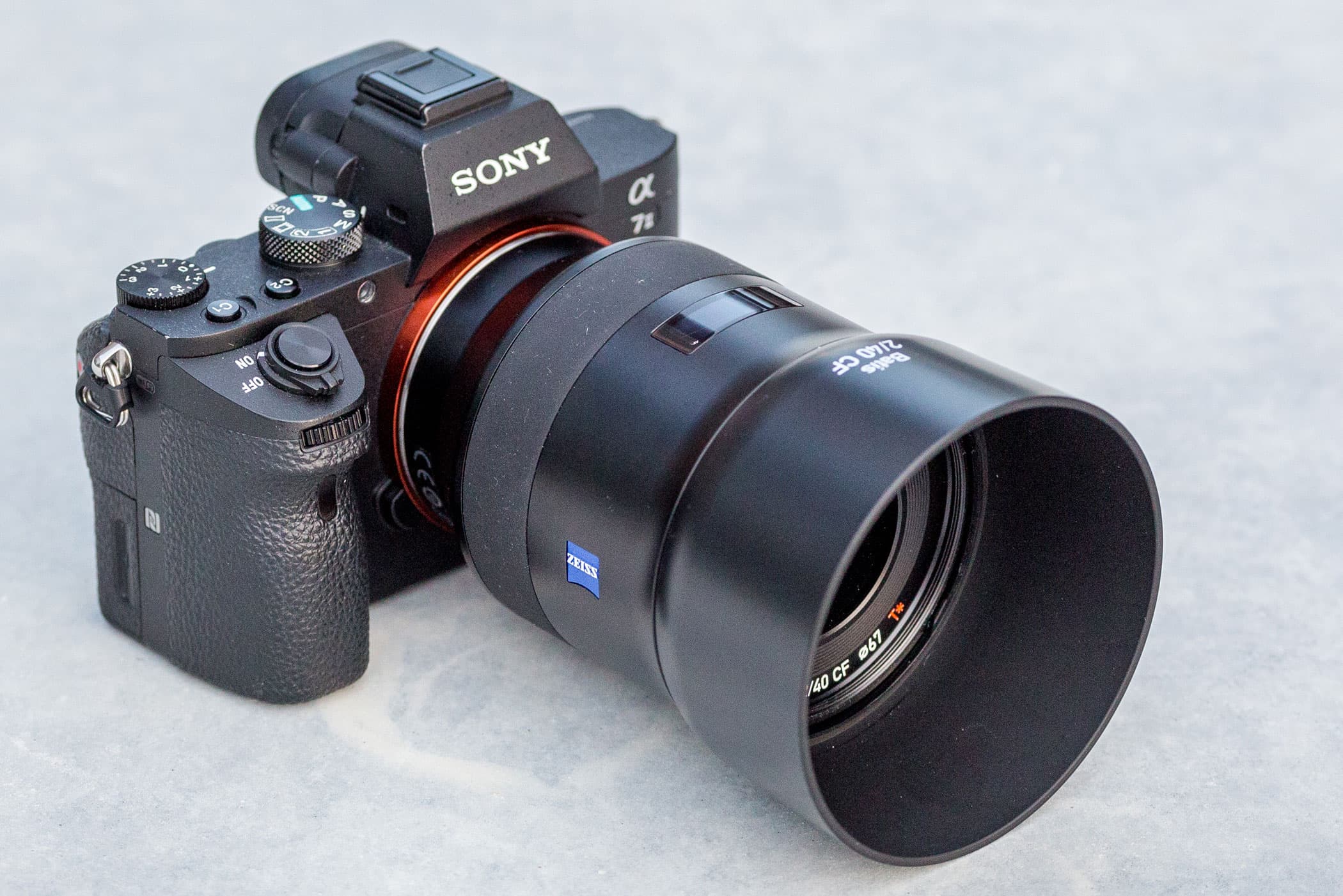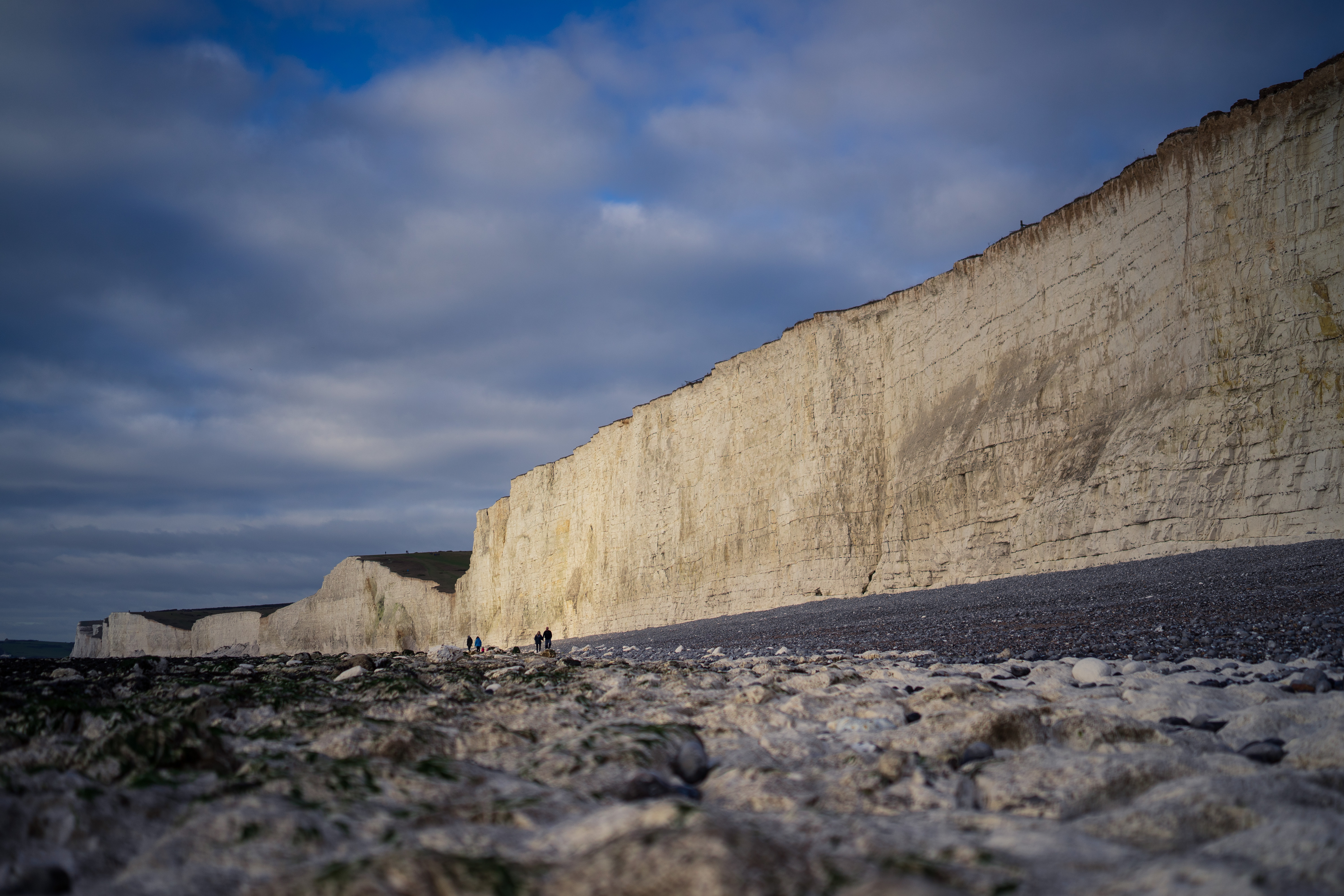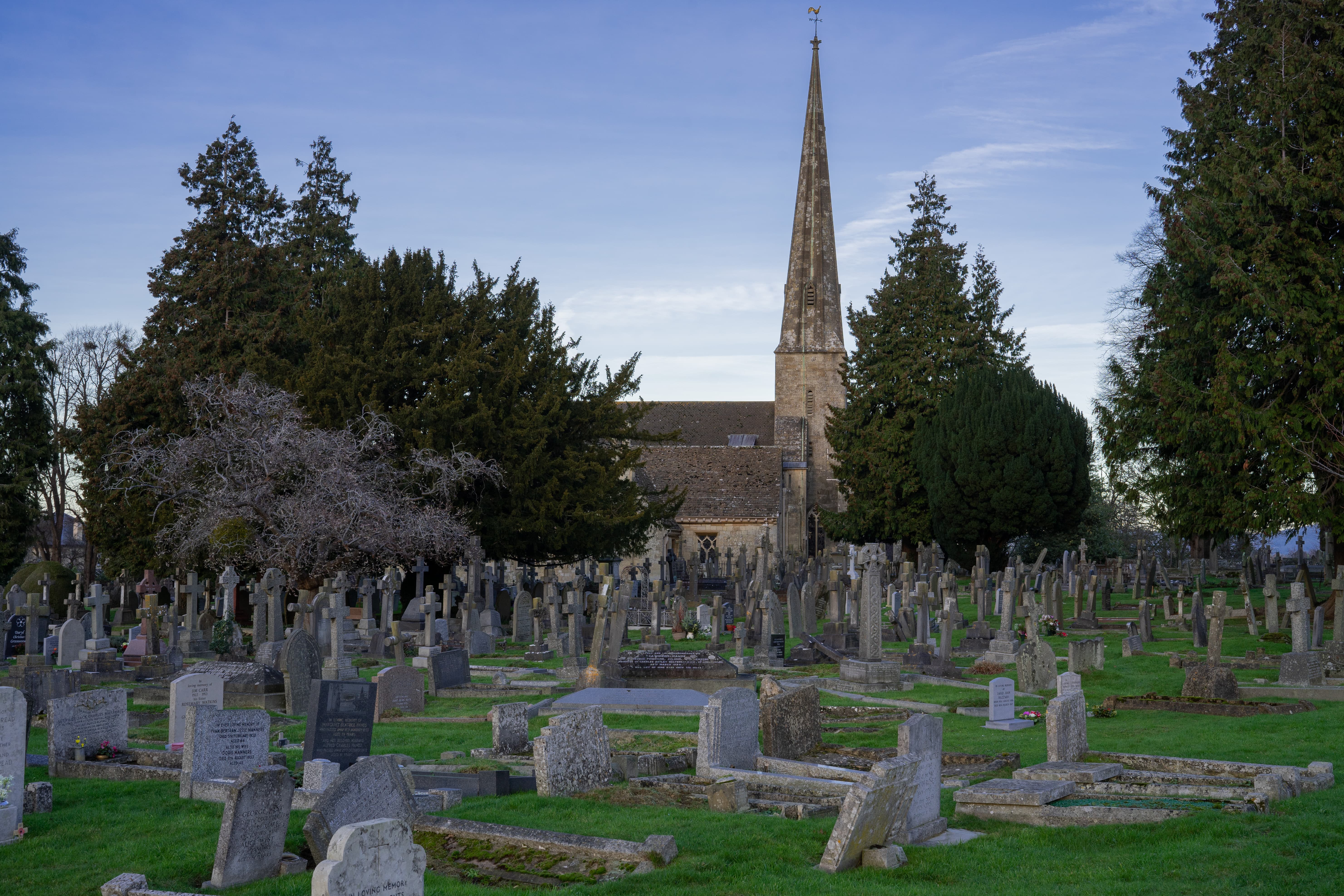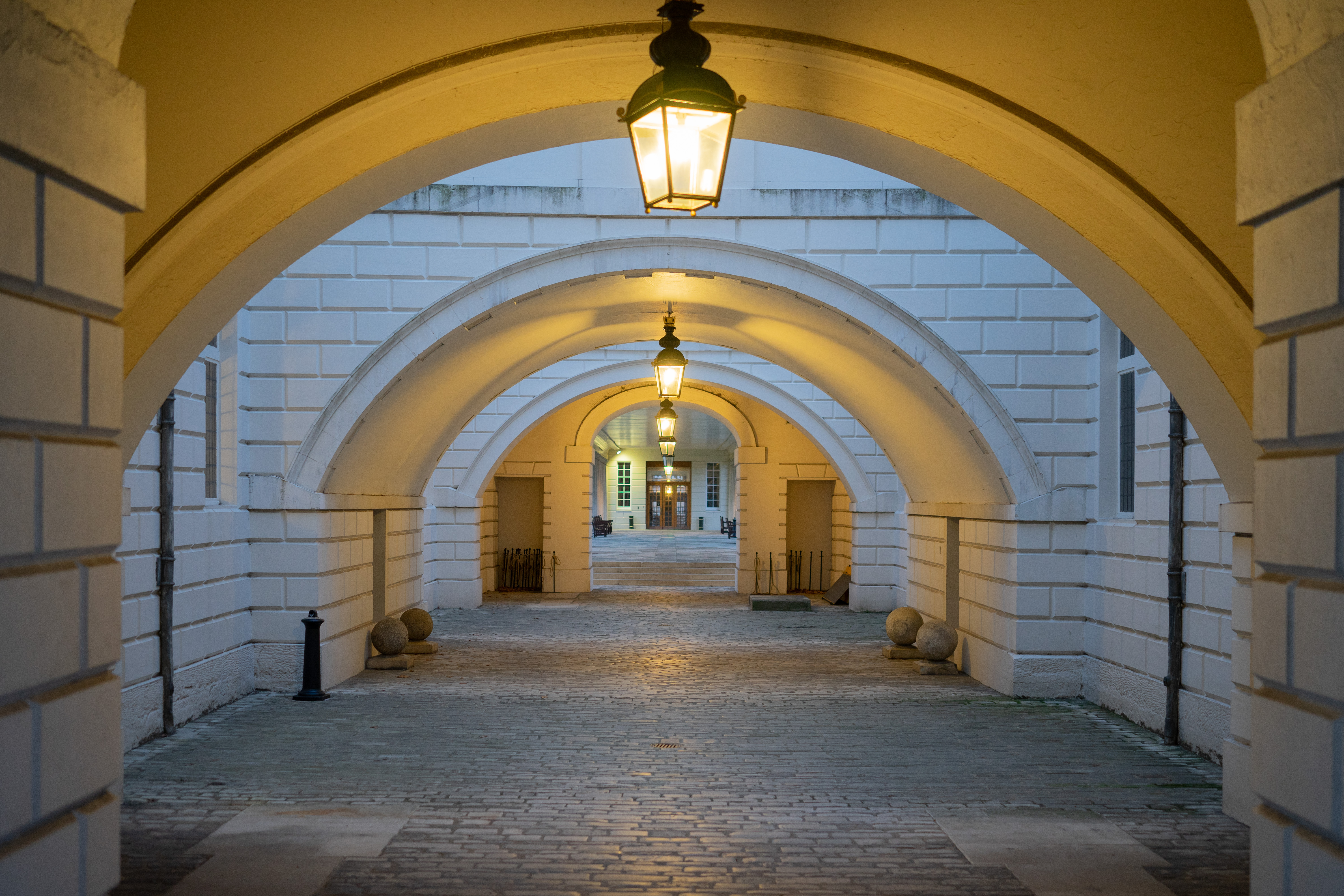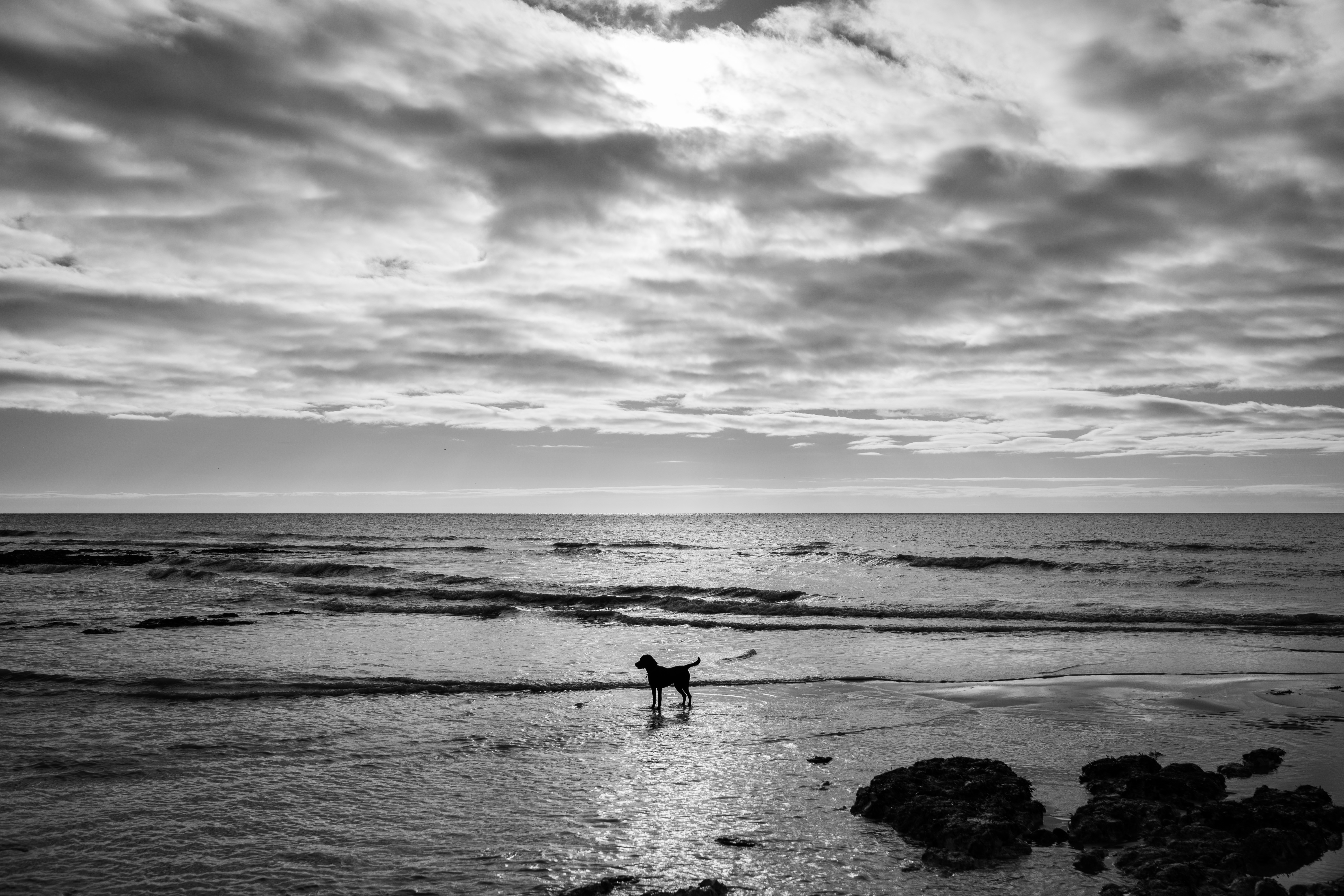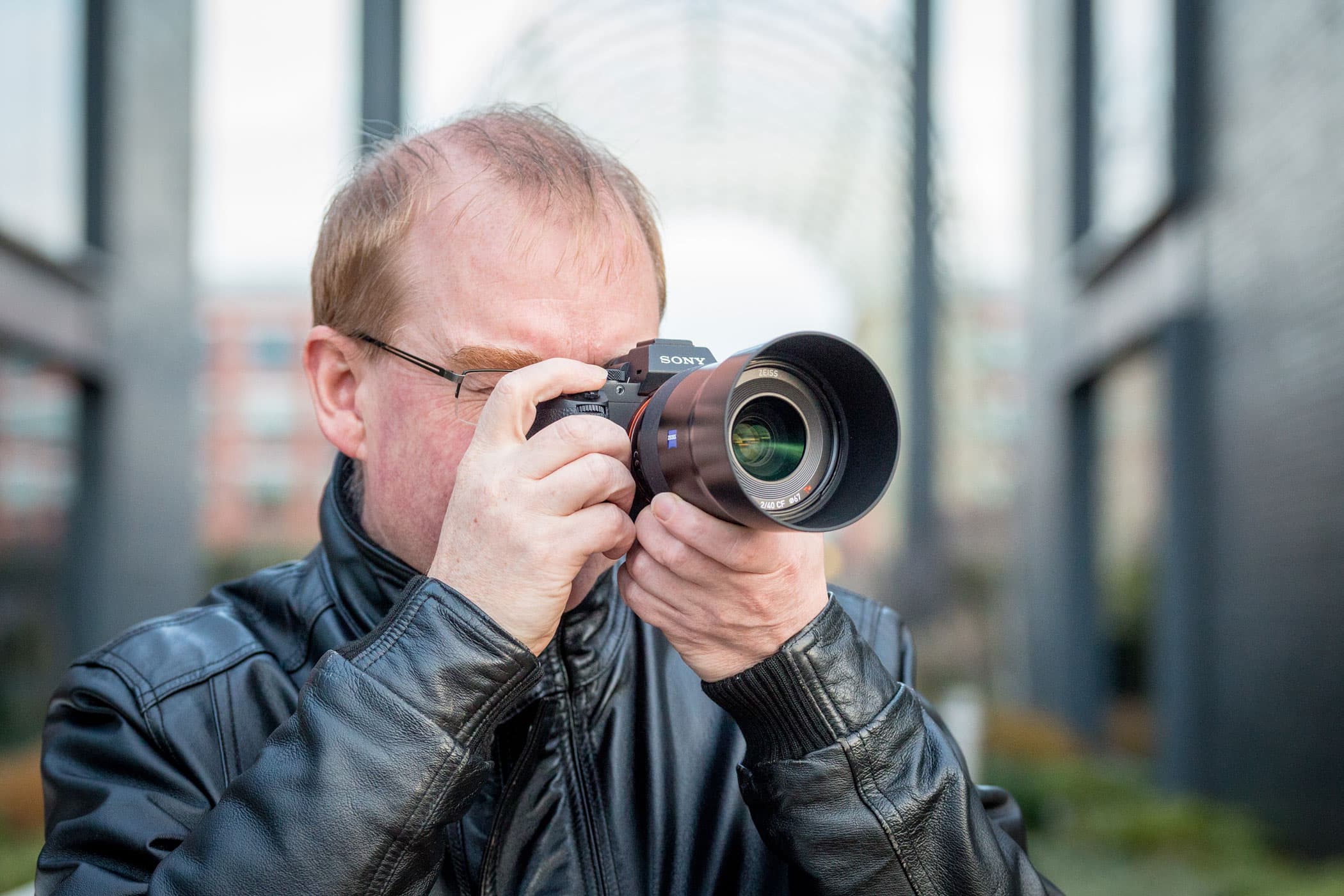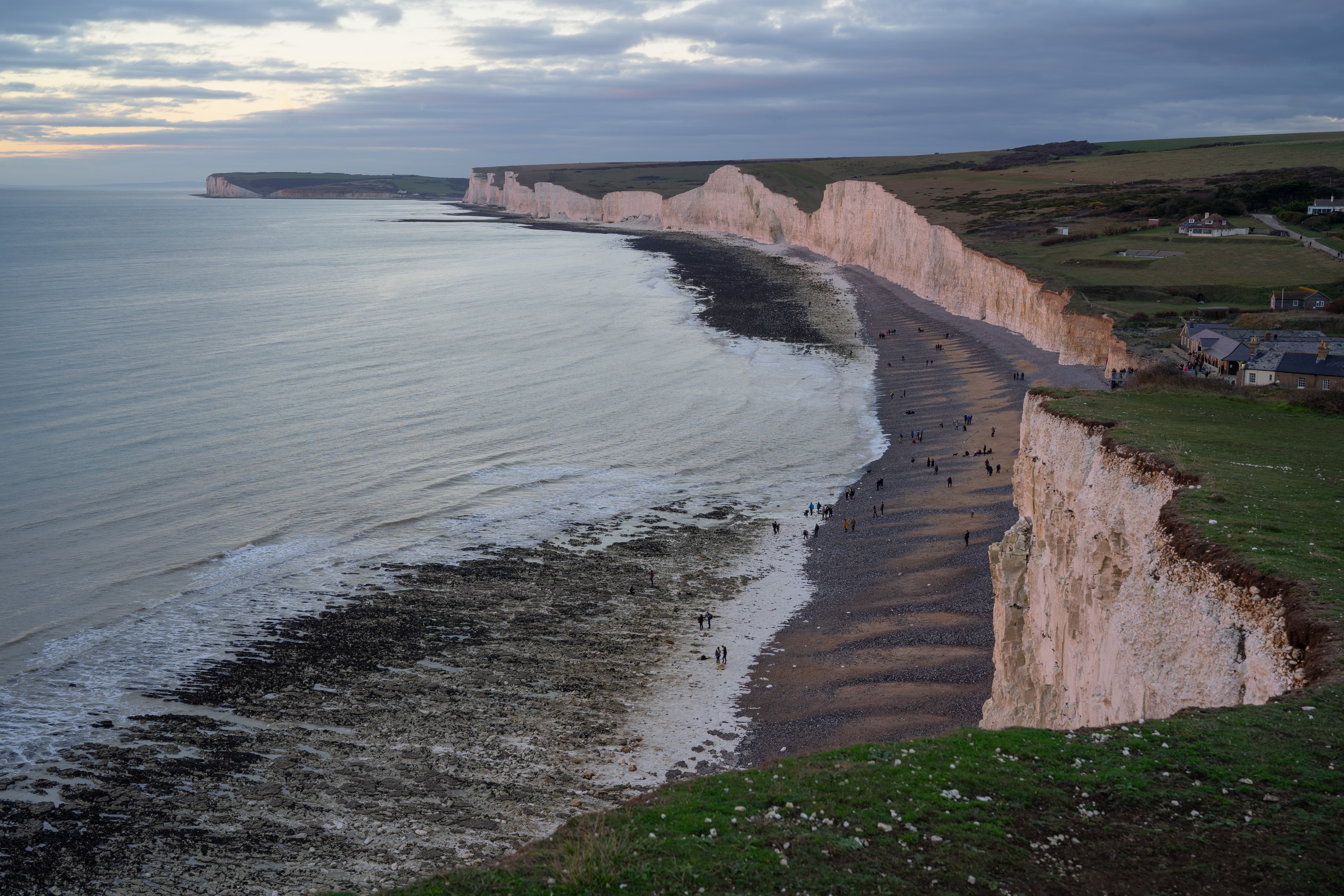Zeiss Batis Distagon T* 2/40 CF at a glance
- Autofocus standard prime
- For full-frame Sony mirrorless cameras
- 24cm close-focus capability
Ask most photographers which lens they would choose if they could only shoot with a single prime on full-frame, and I suspect the majority would nominate a fast 50mm, while others might prefer the wider view of a 35mm optic. Compared to these two familiar focal lengths, though, relatively few would mention 40mm.
So what might be Zeiss’s motive for releasing this premium 40mm f/2, as the fifth in its Batis range of autofocus lenses for Sony full-frame mirrorless? It neatly fills a gap between the firm’s existing 25mm f/2 and 85mm f/1.8 options, for sure, but it’s up against some stiff competition. Sony’s own highly-regarded Sonnar T* FE 55mm f/1.8 ZA is significantly cheaper, at £699 compared to £1129 for the Batis, yet is more compact, features a slightly faster maximum aperture, and still sports a Zeiss badge. Then there’s the Samyang AF 50mm F1.4 FE, which costs just £450 but is capable of delivering some lovely images.
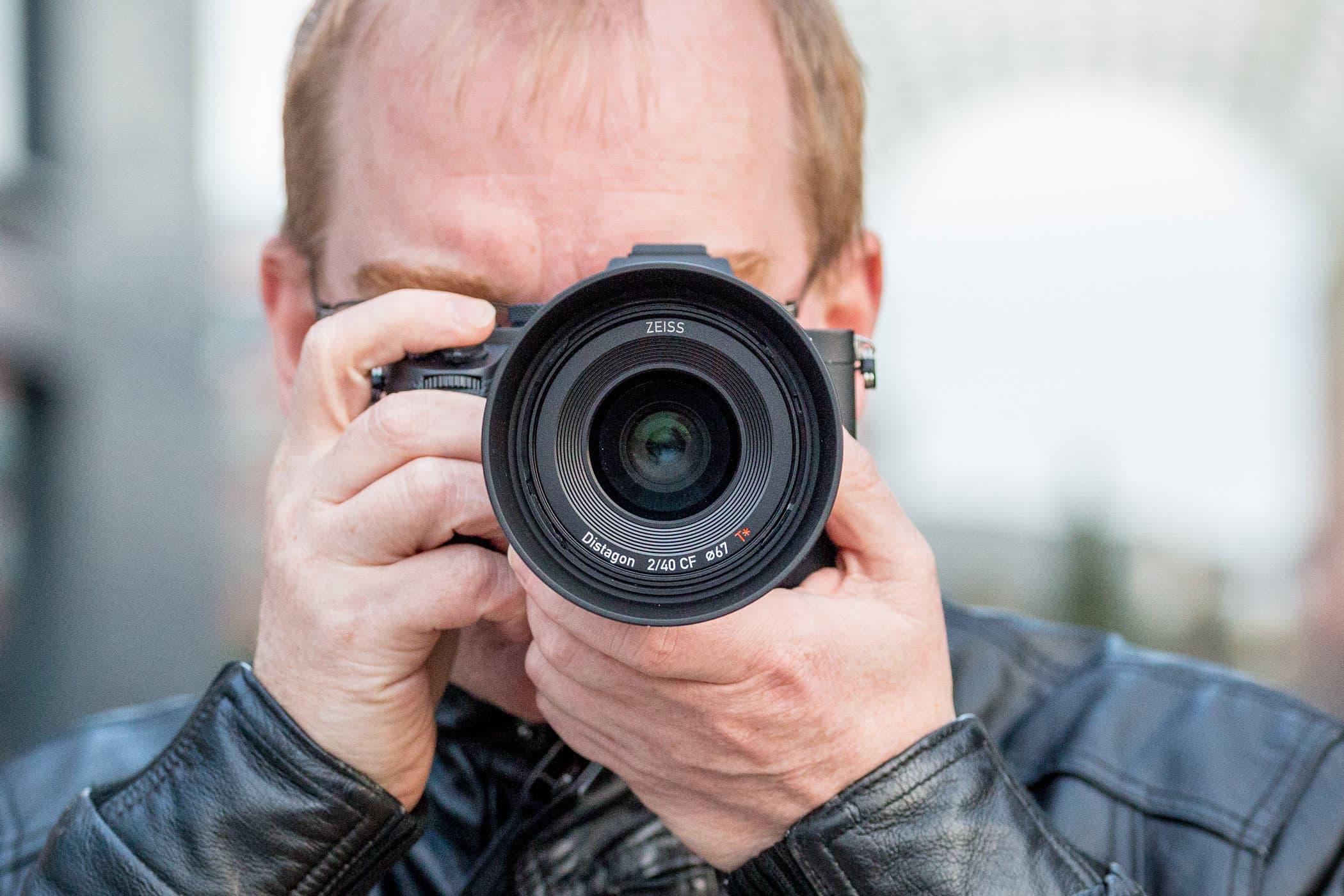
Of course, it’s precisely to differentiate its offering from these alternatives that Zeiss has chosen to make a 40mm. It’s also with good reason, because there’s a hard core of photographers who’ll swear that this is the ideal standard focal length on full-frame, bringing an extremely natural perspective to your images. I’m among their ranks, and as a result, I like this lens a lot.
Zeiss Batis 40mm f/2 CF: Features
While the lens’s core specifications may seem modest for its price, its optics are anything but. Rather than a modified version of the classic double-Gauss design that’s commonly used by standard lenses, Zeiss has employed a Distagon formula made up of 9 elements in 8 groups. Of these, four are crafted from anomalous partial dispersion glass, two use aspheric surfaces, and yet another combines both of these technologies. The aim is to deliver high contrast and excellent resolution, aided by Zeiss’s T* coatings to reduce flare and ghosting.
The CF in the lens name stands for close focus, hinting at the unusually short minimum object distance of 24cm, which affords 1/3 life-size magnification. Zeiss has employed a floating focus design with the aim of ensuring highly-corrected images at all distances. A focus limiter switch on the barrel can be used to restrict the operating range to a more conventional 40cm, or from 50cm to 24cm for the purposes of close-up shooting. But most of the time, I was happy to leave it set to cover the entire focus range.
In what has become a trademark of the Batis range, an OLED display on the top of the barrel displays the current focus distance and the limits of the depth-of-field. It adapts in real time to changes in focus distance and aperture, making it a highly functional re-imagining of the depth of field scales that were once universal on manual-focus lenses. This could be particularly useful for street photographers who like to employ manual pre-focusing or zone focusing techniques, or landscape shooters aiming to maximise depth of field.
Unusually, the front element is slightly convex in shape. It’s surrounded by a 67mm thread, which looks unexpectedly large relative to the optical unit but means there’s minimal risk of vignetting when using filters. The diaphragm uses nine curved blades, giving a near-circular aperture.
Zeiss Batis 40mm f/2 CF: Build and Handling
As we’d expect at this price, there’s absolutely nothing to complain about in terms of construction. The weather-sealed metal barrel feels extremely sturdy, with typically minimalist styling that’s embellished only with subtle dark-blue Zeiss badges on either side. The mount has an unusual matt metallic finish, and is surrounded by a blue silicone rubber seal that should prevent dust or moisture from getting into the camera.
The front of the barrel flares outwards slightly to form the bayonet mount for the deep bowl-shaped lens hood, which when installed forms a continuous flowing curve. This aesthetically pleasing design encourages you to shoot with the hood in place, which as usual has the double benefit of blocking peripheral light and protecting the front of the lens from knocks. The hood can be reversed over the barrel when it’s not in use, although it then completely obstructs the OLED display.
At 361g in weight and 93mm in length, the Batis is surprisingly bulky for its specification. It’s noticeably larger than the Sony 55mm f/1.8, and only fractionally smaller than the Samyang 50mm f/1.4. In the grand scheme of things, though, it’s not exactly huge, and still balances nicely on Sony’s Alpha 7-series bodies. The smooth rubber manual focus ring is placed close to the camera, which has the advantage of keeping it accessible when the hood is reversed. However, I found it fell slightly behind where I naturally supported the barrel, necessitating a small change of grip to operate.
Zeiss Batis 40mm f/2 CF: Autofocus
In practical use, autofocus performance is essentially flawless, with the lens acquiring focus silently and near-instantaneously. Due to Zeiss’s close partnership with Sony, the lens is also fully compatible with advanced functions such as the much-vaunted Eye AF. Indeed there’s little difference between working with the Batis and one of Sony’s own lenses, and it’s much better-behaved than Samyang’s offerings in this regard.
Manual focusing is electronically coupled, such that rotating the focus ring drives the lens’s internal motor to reposition the lens elements. This doesn’t offer the direct feel of a mechanical control, but it works well enough and I had no problem with achieving accurate focus.
As usual, you can configure your preferred focusing aid to activate when the focus ring, with a magnified live view display giving the most accurate results. It’s also possible to set the camera to allow manual focus adjustment after autofocus, by enabling the Direct Manual Focus feature.
Zeiss Batis 40mm f/2 CF: Image Quality
If you’re going to spend well over £1000 on an f/2 lens, it’s fair to say that you’ll expect it to deliver absolutely stellar image quality. But this is Zeiss, so that’s exactly what you get. No lens is ever completely flawless, but the Batis 40mm f/2 CF is about as close as you’ll realistically get.
Even when shot wide open at f/2, central sharpness is superb. Naturally detail towards the edges and corners of the frame isn’t quite so well defined, but it’s plenty sharp enough for most purposes. Indeed in real-world use, most of the time these areas of the image are far more likely to be blurred from falling outside of the depth-of-field than they are to look soft due to lens aberrations. Stop the aperture down to f/5.6 or smaller and the lens gives stunningly crisp detail from corner to corner of the frame.
You won’t see much hint of colour fringing, in part because lateral chromatic aberration is automatically cleaned up in software, either in-camera or if you process in Adobe Camera Raw. Longitudinal chromatic aberration is exceptionally low, so there’s very little in the way of problematic fringing visible in out-of-focus areas when shooting at large apertures.
Distortion is practically non-existent, with the lens drawing straight lines correctly along the edges of the frame. Vignetting is, not surprisingly, prominent at f/2, but it’s easy to correct if necessary, or alternatively can be used for aesthetic effect, to help frame your subject.
The lens also does a pretty good job of rendering out-of-focus areas of the image, although blur circles can look distinctly hard-edged. I’d describe the bokeh as characterful rather than smooth, and it’s fair to say that you’ll probably get softer backgrounds from a 50mm f/1.4 prime (along, of course, with a greater degree of blur). So if this is an important consideration for your photography, you may prefer to look elsewhere.
However flare is effectively suppressed, even with bright light sources directly within the frame. Contrast is maintained impressively well when shooting directly into the light.
Zeiss Batis 40mm f/2 CF: Resolution
Our Image Engineering MTF tests, here conducted on the 24MP Sony A7 III, confirm the lens to be an impressive performer. In the centre of the frame it’s already extremely sharp at f/2, peaking around f/2.8 to f/4 before diffraction gradually takes the edge off sharpness. The corners aren’t as sharp wide open, of course, but improve on stopping down, with the lens giving best results overall between f/4 and f/11.
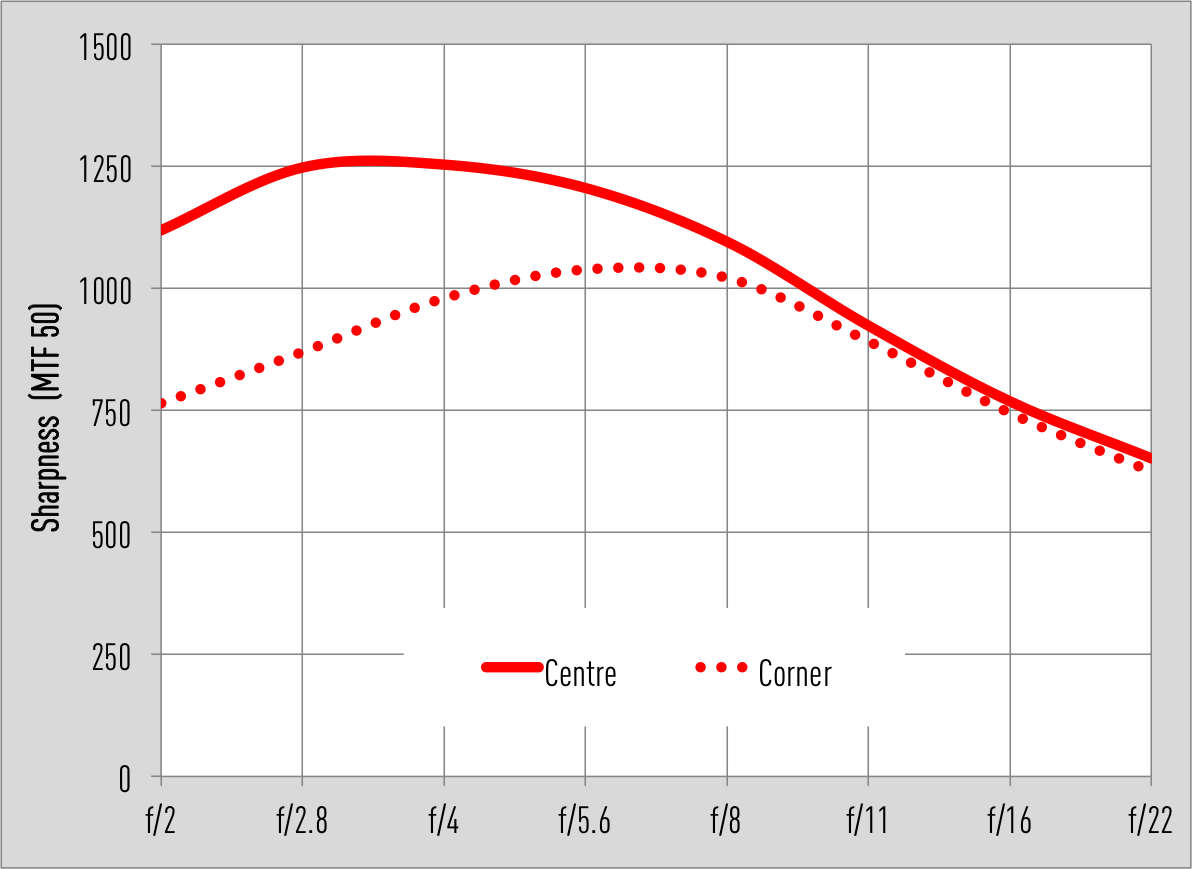
Zeiss Batis 40mm f/2 CF MTF50 on Sony A7 III
Zeiss Batis 40mm f/2 CF: Shading
Shading is quite pronounced at f/2, measuring approximately 1.5 stops in the corners of the frame. Stop the lens down to f/2.8 and this falloff is reduced to around 0.8 stops, which could still be visible in images with even tonality. From f/4 onwards, though, the effect is negligible.
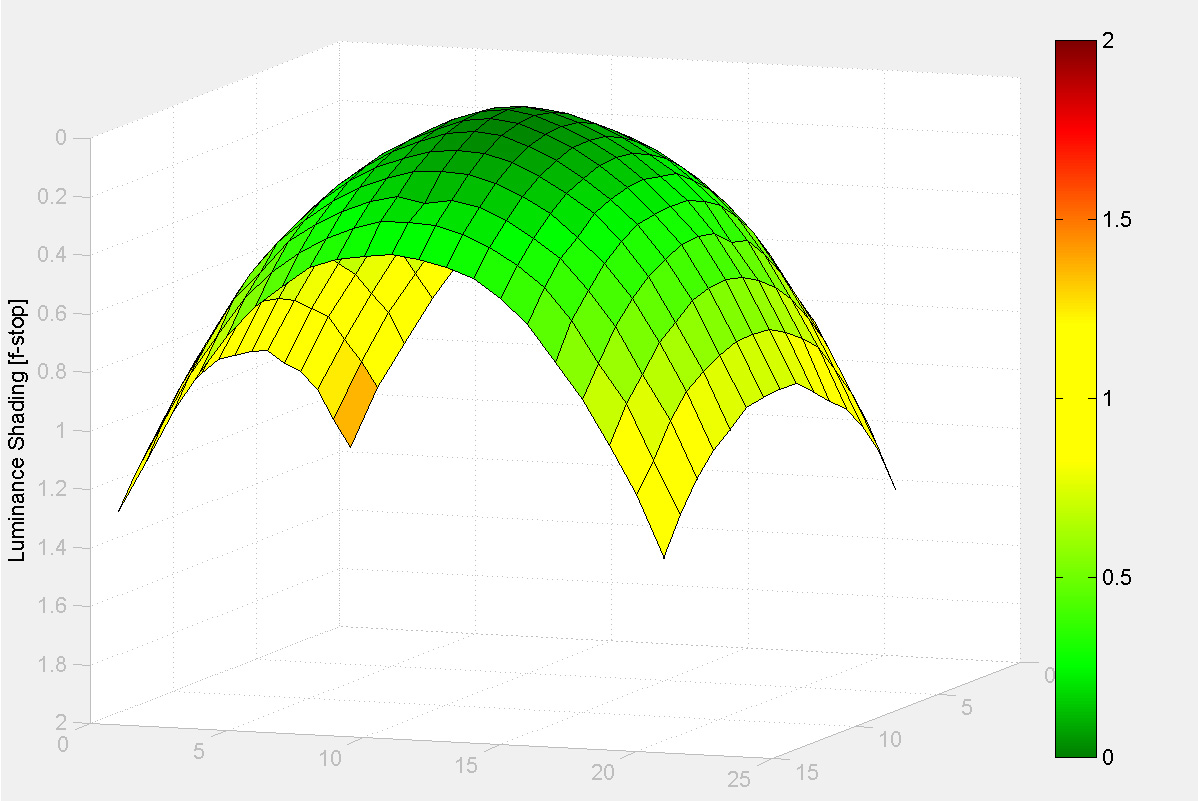
Zeiss Batis 40mm f/2 CF shading at f/2
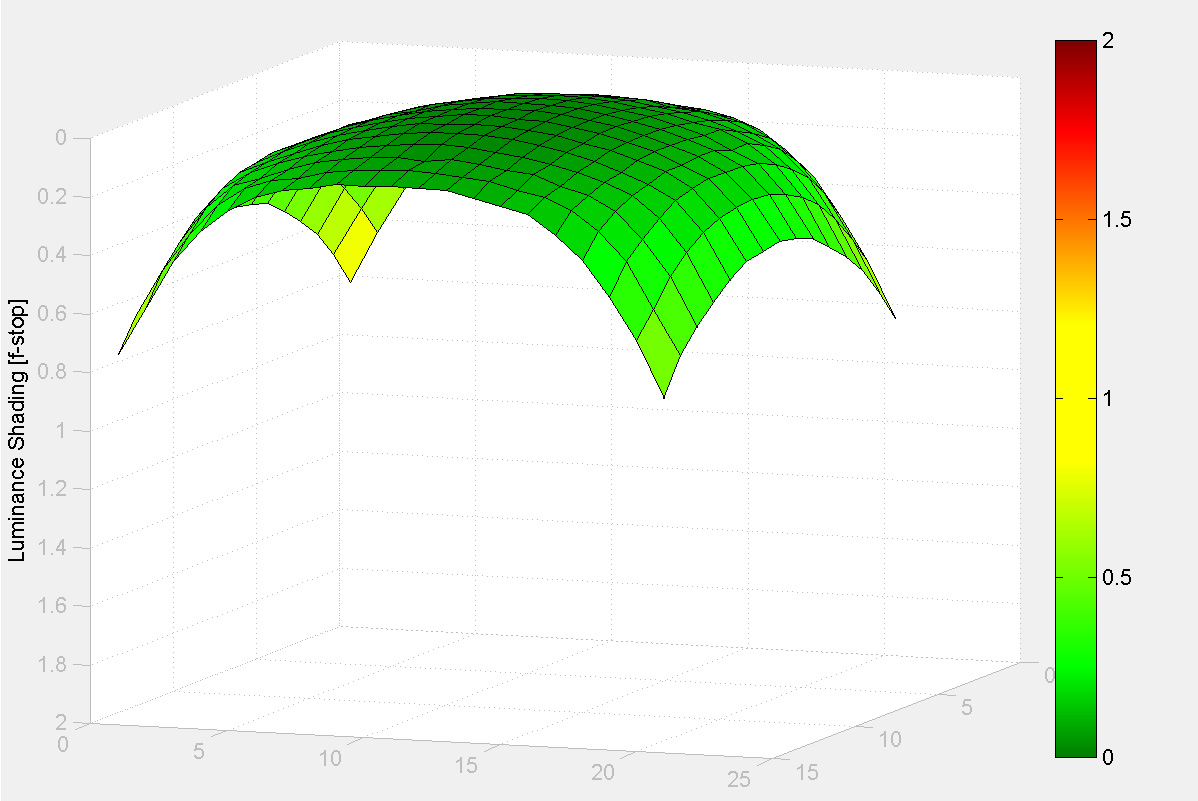
Zeiss Batis 40mm f/2 CF vignetting at f/2.8
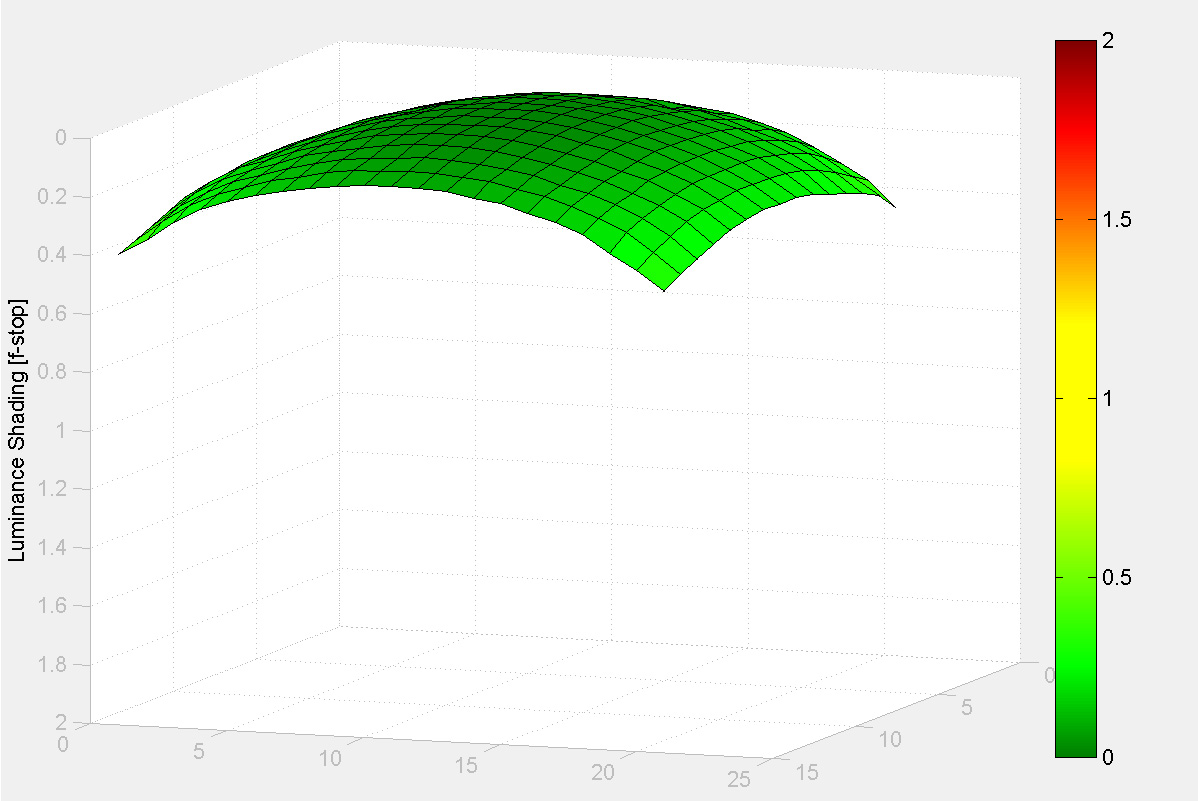
Zeiss Batis 40mm f/2 CF shading at f/4
Zeiss Batis 40mm f/2 CF: Curvilinear Distortion
Distortion is ludicrously low – indeed our measurements place it as precisely zero. If we look really closely at test chart shots, there’s the merest hint of moustache distortion, with a barely-perceptible waviness to straight lines placed along the long edge of the frame. But it’ll never be a problem in real-world shooting.

Zeiss Batis 40mm f/2 CF distortion. SMIA Tv = 0.0%
Zeiss Batis 40mm f/2 CF: Verdict
Quite simply, the Zeiss Batis 40mm f/2 CF is a wonderful standard lens for Sony full-frame mirrorless users. The image quality it delivers is about as close to flawless as you could hope, with superb detail rendition and minimal aberrations. Its close-up shooting ability is handy too, although it’s not a substitute for a true macro lens.
On top if this, the build quality is superb, autofocus is quick, silent and accurate, and the OLED distance and depth-of-field display is a bonus for manual-focus shooting. So there’s a whole lot to like, and barely anything to complain about.
Of course, it’s impossible to ignore the fact that £1,149 is an awful lot of money for an f/2 standard prime lens. But I guess that’s just the price you have to pay for this level of optical quality. The unfamiliar focal length may be stumbling block for some potential buyers too, although really it shouldn’t be. Personally, I love shooting with 40mm lenses and the look of the images they produce, and this is an absolutely stunning example of the type.

Zeiss Batis 40mm f/2 CF: Specifications
